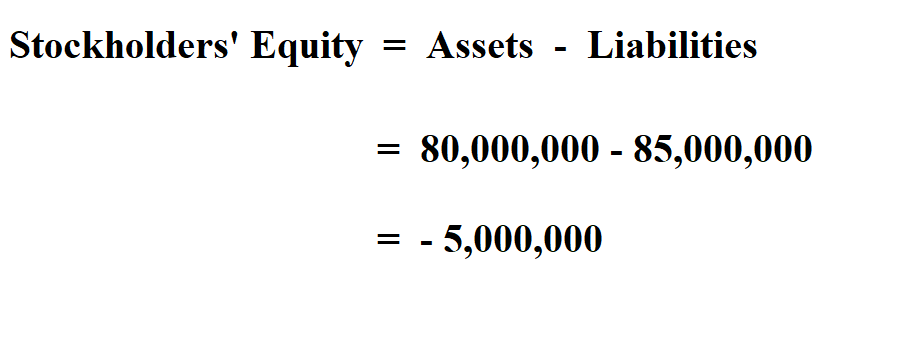Who is a Stockholder?
Ahead of talking about how to calculate stockholders’ equity, lets begin by defining who is a stockholder and what is a stockholders’ equity and what it entails. A Stockholder also known as a shareholder is a person, company, or an institution who owns one or more company shares and whose name share certificate has been issued by the company.
There are two types of stockholders and they are;
- Equity shareholders. They are the actual owners and members of the company with voting rights and control over the company’s operations. Equity shareholders get dividend payments after paying them to the preferred stockholder.
- Preference shareholders. This type of shareholders receive a fixed dividend and are compensated or paid before equity stockholders even in bankruptcy they are entitled to be paid off from company assets before equity stockholders and they do not have any voting rights.
What is Stockholders’ equity?
The stockholders’ equity also known as the shareholders’ equity or the share capital or the owners’ equity, is the remaining amount of assets after all liabilities have been paid. It is often referred to as the book value of the company and it comes from two main sources. They are;
- The money originally and subsequently invested in the company through share offerings.
- The retained earnings (RE) the company accumulates over time through its operations.
Additionally, shareholder’ equity can be either negative or positive. A positive owners’ equity indicates that the company has enough assets to cover its liabilities while a negative one shows that the company’s liabilities exceed its assets. However, if prolonged, this is considered balance sheet insolvency.
Components of Stockholders Equity
Stockholders Equity is influenced by several components:
Share Capital. Amount received by the reporting entity from transactions with its owners are referred to as share capital.
Retained Earnings. Amount earned through income, referred to as Retained Earnings and Accumulated Other Comprehensive Income.
Treasury Stock. Amount which is spent by the company to buy back of shares due to some financial reasons.
The problem with this concept is that, the amount of stockholders’ equity is really more of a theoretical concept, for it does not accurately reflect the amount of funds that would be distributed to shareholders if a business were to be liquidated.
Formula to Calculate Stockholders’ Equity.
There are two methods for the calculation of stockholder’s equity.
Formula 1.

An asset is a resource with economic value that an individual or country owns or controls with the expectation that it will provide a future benefit.
While a liability is something a person or company owes, usually a sum of money.
Example 1:
At the end of a financial year, a company recorded total assets worth Sh. 80 Million. The company’s total liabilities in that year was Sh. 85 Million. Calculate the shareholders equity.

Therefore, the stockholders’ equity is a negative of Sh. 5 Million. This shows that if the company’s management don’t come up with a way to either increase the assets or decrease the liabilities, the company could go bankrupt.
Formula 2.
Here, we first sum the paid up capital with the retained earnings and then subtract the treasury stock.

Example 2:
Suppose the same company’s Paid-up Capital is $3,000,000-, Retained Earnings were $500,000 and the Treasury Stock was $300,000 in the following year. Calculate the shareholder’s equity.

Hence, the shareholders’ equity is $2,200,000. Also this indicates that the company has enough assets to cover its liabilities.

